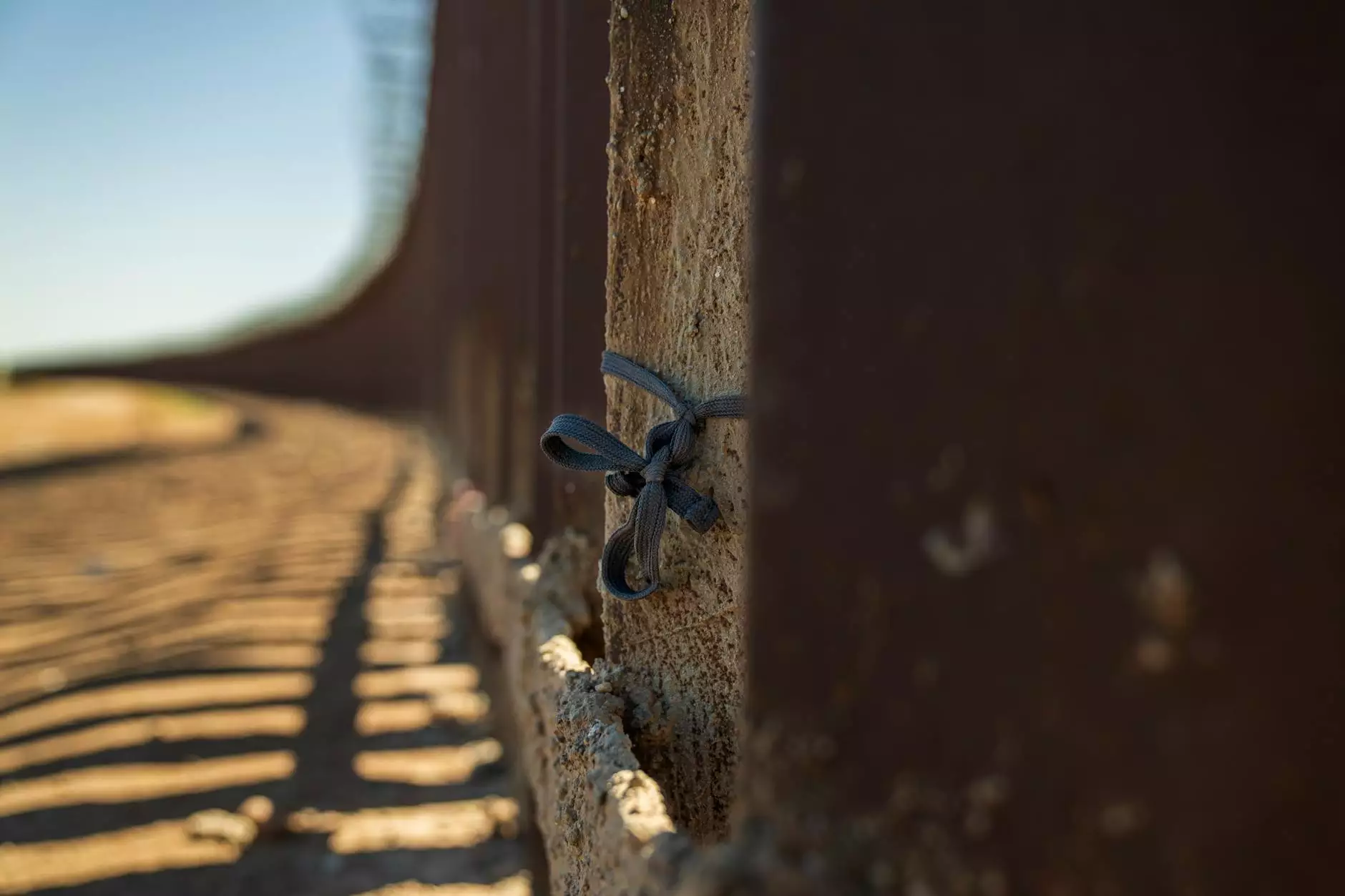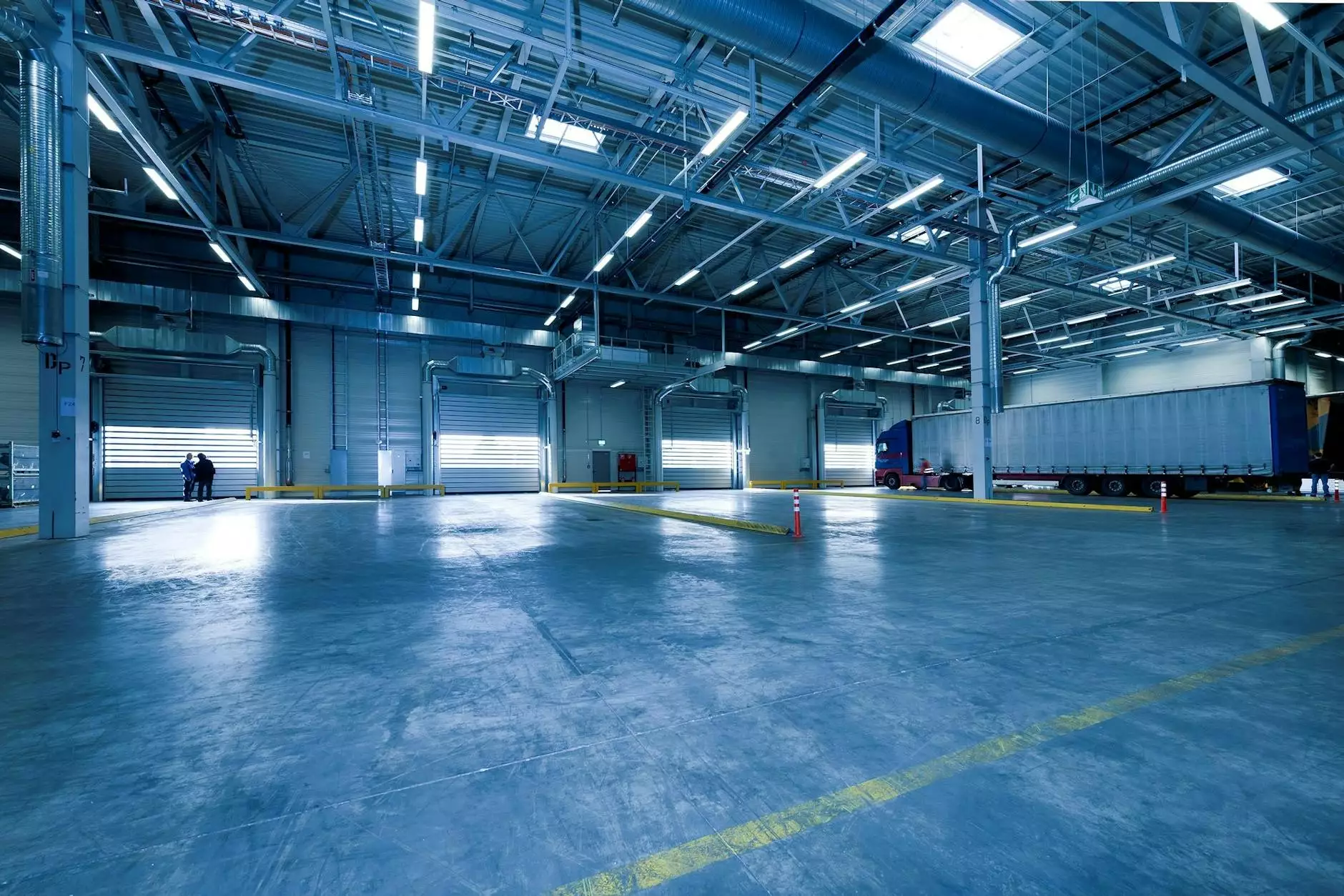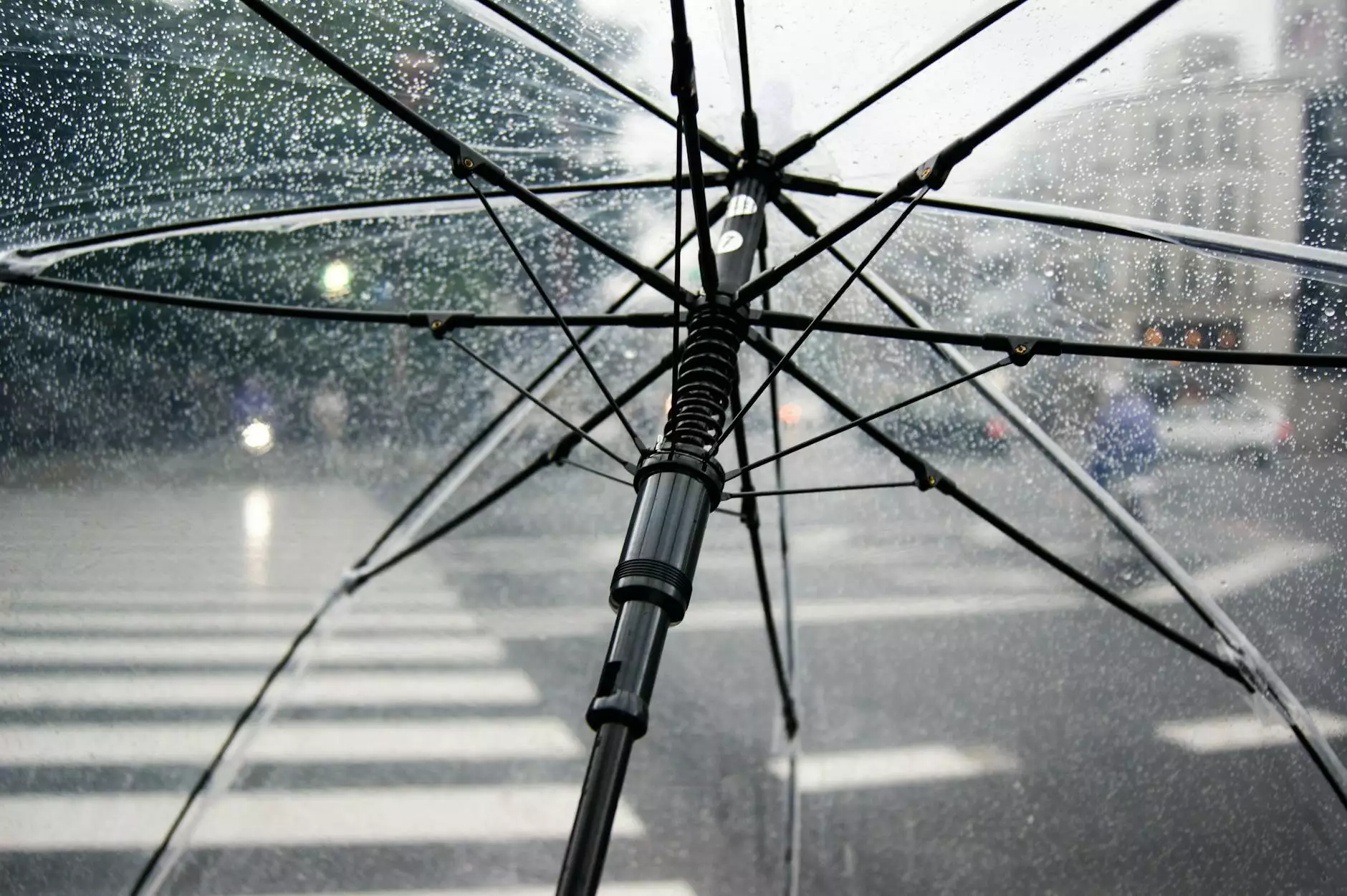Understanding Gas Line Depths in BC: Essential Insights for Homeowners

When it comes to maintaining the safety and efficiency of your home, understanding the depth of gas lines buried in British Columbia (BC) is crucial. Not only does knowledge about these depths ensure safe installation and maintenance, but it also plays a significant role in your home’s plumbing and safety systems. In this comprehensive guide, we will delve into the specifics of how deep gas lines are buried in BC, the regulations governing them, and what homeowners should know about maintaining these essential utilities.
Why the Depth of Gas Lines Matters
The depth at which gas lines are buried is not arbitrary; it is determined by a variety of factors aimed at ensuring safety and functionality. Here are several reasons why understanding this depth is important:
- Safety: Proper burial depths help prevent accidental damage during construction or landscaping activities.
- Regulatory Compliance: Adhering to local codes and regulations is essential for lawful home modifications.
- Risk Mitigation: Deeper lines can reduce the risk of gas leaks that can pose serious hazards.
- Weather Considerations: BC’s diverse climate necessitates different installation practices to protect lines from freezing and other weather-related issues.
Regulations Governing Gas Line Depths in British Columbia
In British Columbia, the depth of gas lines is regulated by various codes and standards which are implemented to ensure the safety of both the gas service providers and the general public. The most relevant standards include:
- The British Columbia Gas Safety Regulation outlines the minimum requirements for installation, operation, and maintenance of gas lines.
- The Natural Gas Distribution System Regulations provide guidelines for the installation of gas pipelines, including depth requirements.
- Local building codes also play a role, and it is advisable to check with your municipality before any excavation or construction.
Typical Depths for Gas Lines in BC
Typically, gas lines in BC are required to be buried at a minimum depth of 450 mm (approximately 18 inches) below the surface in most situations. However, the exact depth can vary based on several factors:
- Type of soil: Loose or sandy soils may require deeper installations to minimize the risk of shifting.
- Potential for excavation: Areas where excavation or construction is likely may necessitate deeper burial to prevent damage.
- Proximity to other utilities: Clearances must be maintained between gas lines and other underground utilities.
- Residential vs. Commercial: Different installation standards may apply to commercial properties, often requiring additional precautions.
Factors Affecting Installation Depth
Gas line installation can be influenced by numerous factors beyond regulation. Some factors include:
- Soil Condition: The type of soil, its compaction, and its drainage capabilities can all impact line depth.
- Ground Freezing: In colder regions of BC, lines may need to be buried deeper to avoid freezing during winter months.
- Environmental Conditions: Heavy rainfall, flooding, or erosive conditions can all affect how gas lines should be installed.
What Homeowners Should Know About Gas Lines
If you’re a homeowner in BC, it is important to be informed about the gas lines on or near your property. Here are core considerations:
1. Regular Inspections
It is essential to have your gas lines inspected regularly by a licensed professional. Inspections can help identify any potential issues such as:
- Signs of corrosion or wear.
- The integrity of connections and joints.
- Any signs of leaks.
2. Know the Location of Lines
Before you undertake any construction or landscaping projects, it is critical to know where your gas lines are located. You can obtain this information by:
- Contacting your gas provider, who can provide maps of underground utilities.
- Using ground-penetrating radar tools, which professionals can use to locate pipes safely.
3. Emergency Preparedness
In the event of a gas leak, knowing what to do can be lifesaving:
- Evacuate the area immediately.
- Do not use any electrical devices or create a spark.
- Contact emergency services and your gas provider without delay.
Choosing the Right Plumbing and Gas Service Provider
Finding a qualified and reliable plumbing service provider is crucial. Here’s what to consider when selecting a plumbing and gas service expert:
- Licensing and Insurance: Ensure the service provider holds the necessary certifications and insurance to operate legally in BC.
- Experience: A provider with extensive experience in gas installations and repairs will have the knowledge necessary to adhere to safety standards.
- Reviews and References: Look for customer testimonials and ask for references to gauge their reliability and customer service.
Final Thoughts
Understanding how deep gas lines are buried in BC is more than just a matter of regulatory compliance; it is essential for maintaining the safety, efficiency, and integrity of your home’s utility systems. Regular inspections, awareness of gas line locations, and choosing the right service providers can help ensure that your home remains safe and compliant with all regulations.
At High Tide Plumbing and Gas, we are committed to providing the highest quality plumbing and gas services to our clients in BC. Our knowledgeable team is here to assist with all your needs, from installations to emergency repairs. Contact us today to learn more about safe gas practices and keep your home secure and efficient!
how deep are gas lines buried in bc








